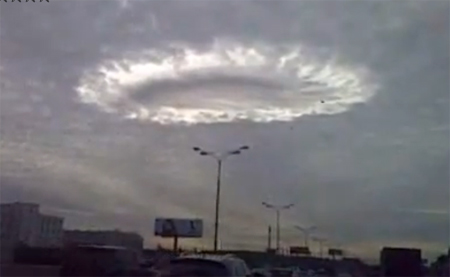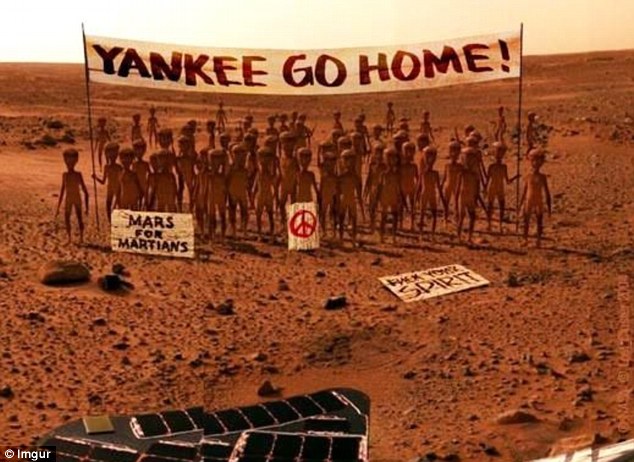A halo (from Greek ἅλως, halōs; also known as a nimbus, icebow or gloriole) is an optical phenomenon produced by light interacting with ice crystals suspended in the atmosphere, resulting in a wide variety of colored or white rings, arcs and spots in the sky. Many halos are near the Sun or Moon, but others occur elsewhere or even in the opposite part of the sky. Among the most well known halo types are the circular halo (properly called the 22° halo), light pillars and sun dogs, but there are many more; some of them fairly common, others (extremely) rare.
The ice crystals responsible for halos are typically suspended in cirrus or cirrostratus clouds high (5–10 km, or 3–6 miles) in the uppertroposphere, but in cold weather they can also float near the ground, in which case they are referred to as diamond dust. The particular shape and orientation of the crystals is responsible for the type of halo observed. Light is reflected and refracted by the ice crystals and may split up into colors because of dispersion. The crystals behave like prisms and mirrors, refracting and reflecting light between their faces, sending shafts of light in particular directions.
Atmospheric phenomena such as halos were used as part of weather lore as an empirical means of weather forecasting beforemeteorology was developed. They often do mean that rain is going to fall within the next 24 hours as the cirrostratus clouds that cause them can signify an approaching frontal system.
Other common optical phenomena involving water droplets rather than ice crystals include the glory and the rainbow.

The meteorologist remove any theory for that phenomenon is supernatural and they call it spectral effects.Spokesman from the program weather the city said: “This is just an optical effect, although it looks very impressive. If you get closer you can see the rays of the sun wearing sun projection halo clouds. When observing clouds often, you’ll see several other strange phenomena clouds in the same floor but if seen in different areas will be completely different.
Originally posted 2016-02-17 08:28:36. Republished by Blog Post Promoter













